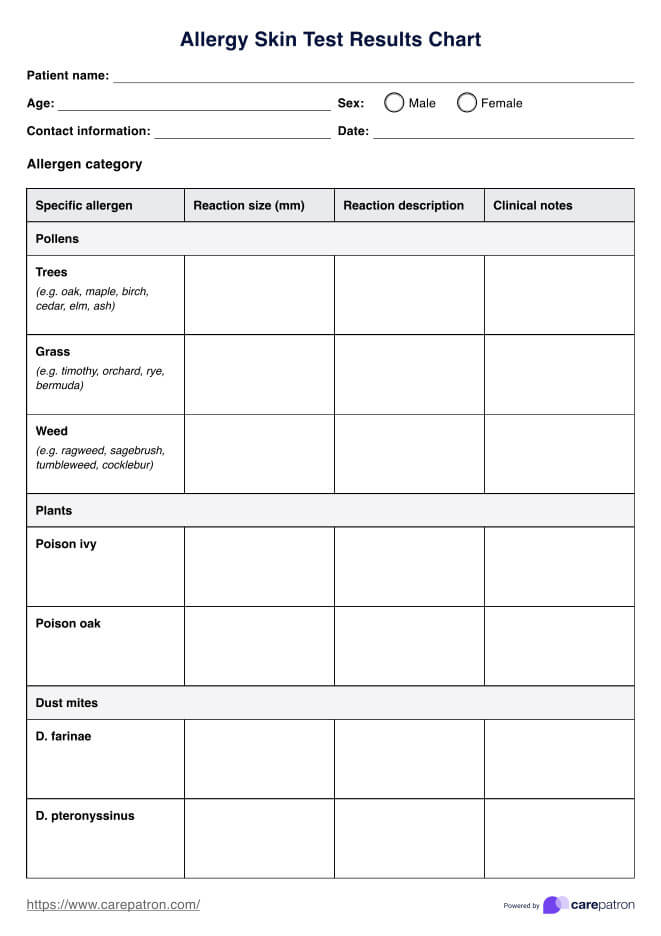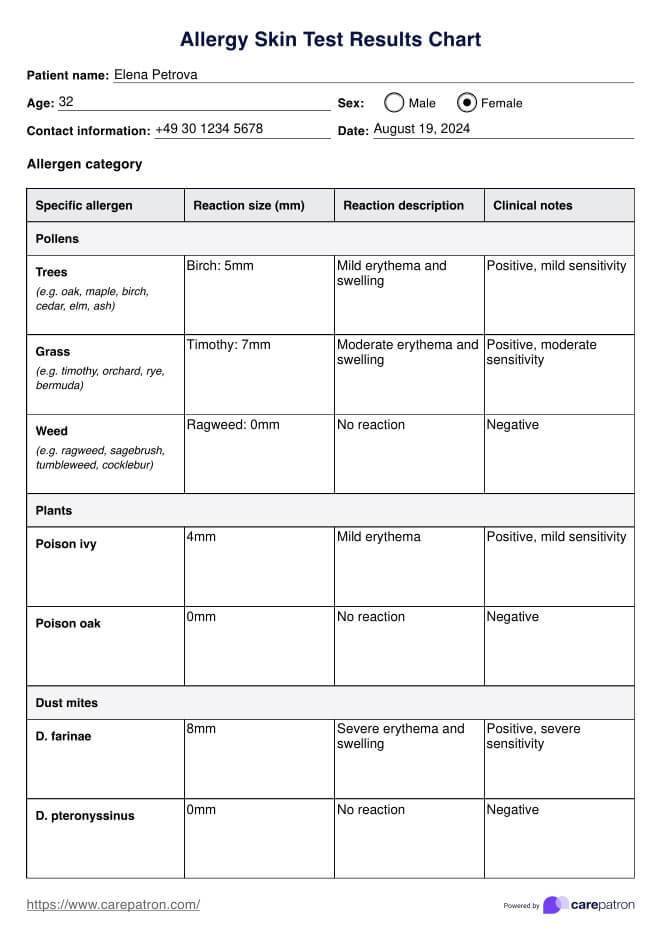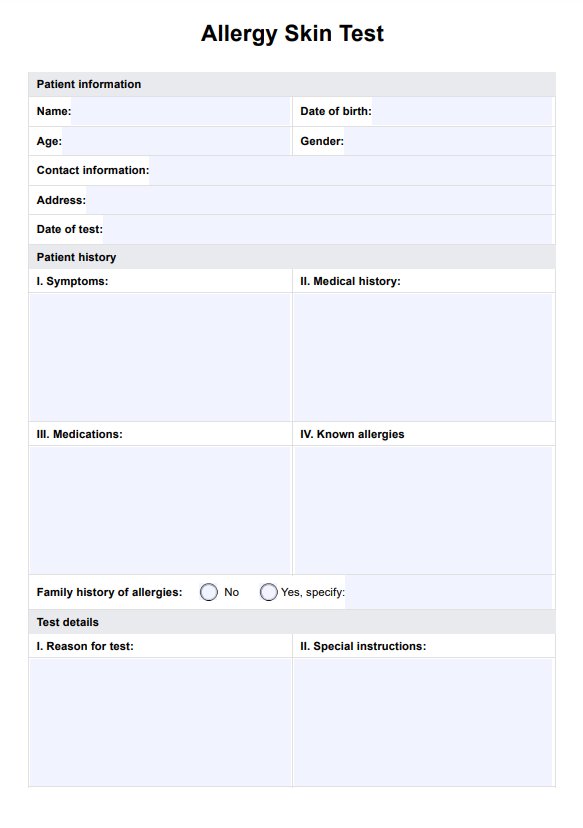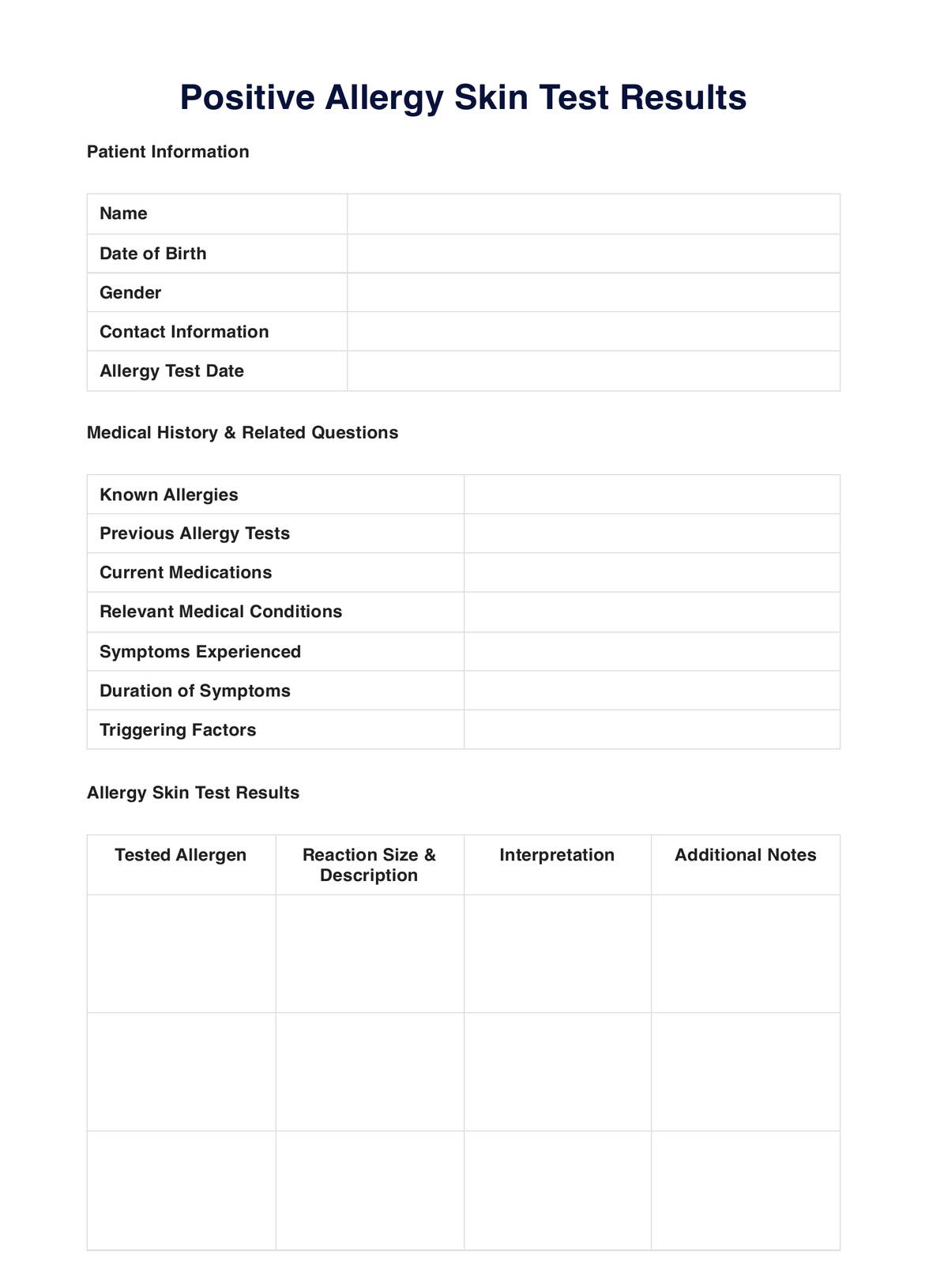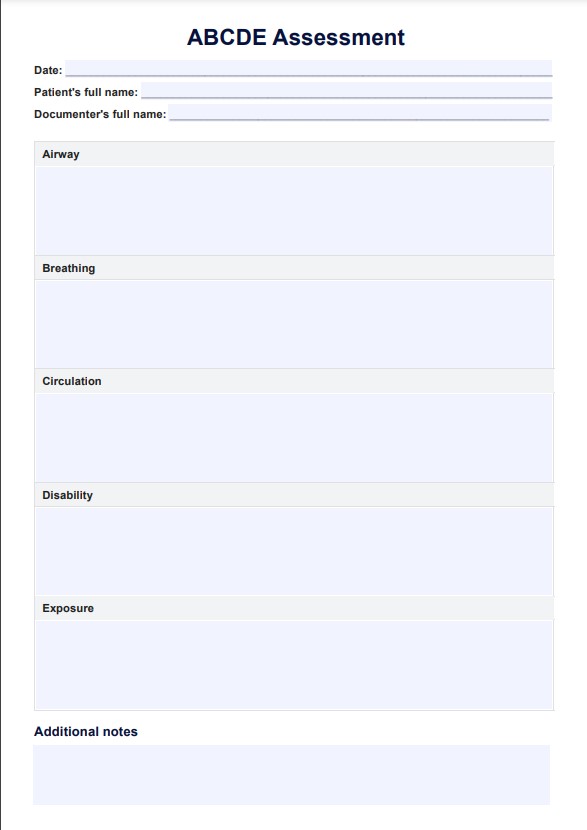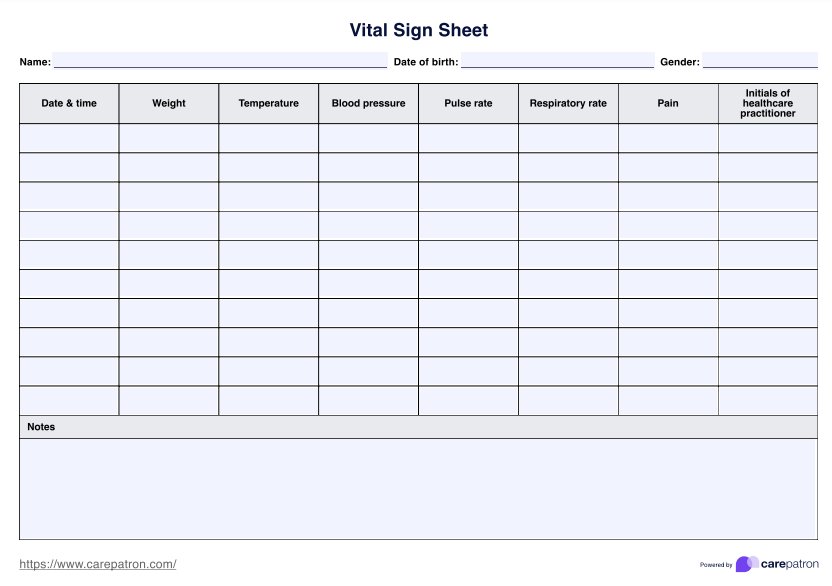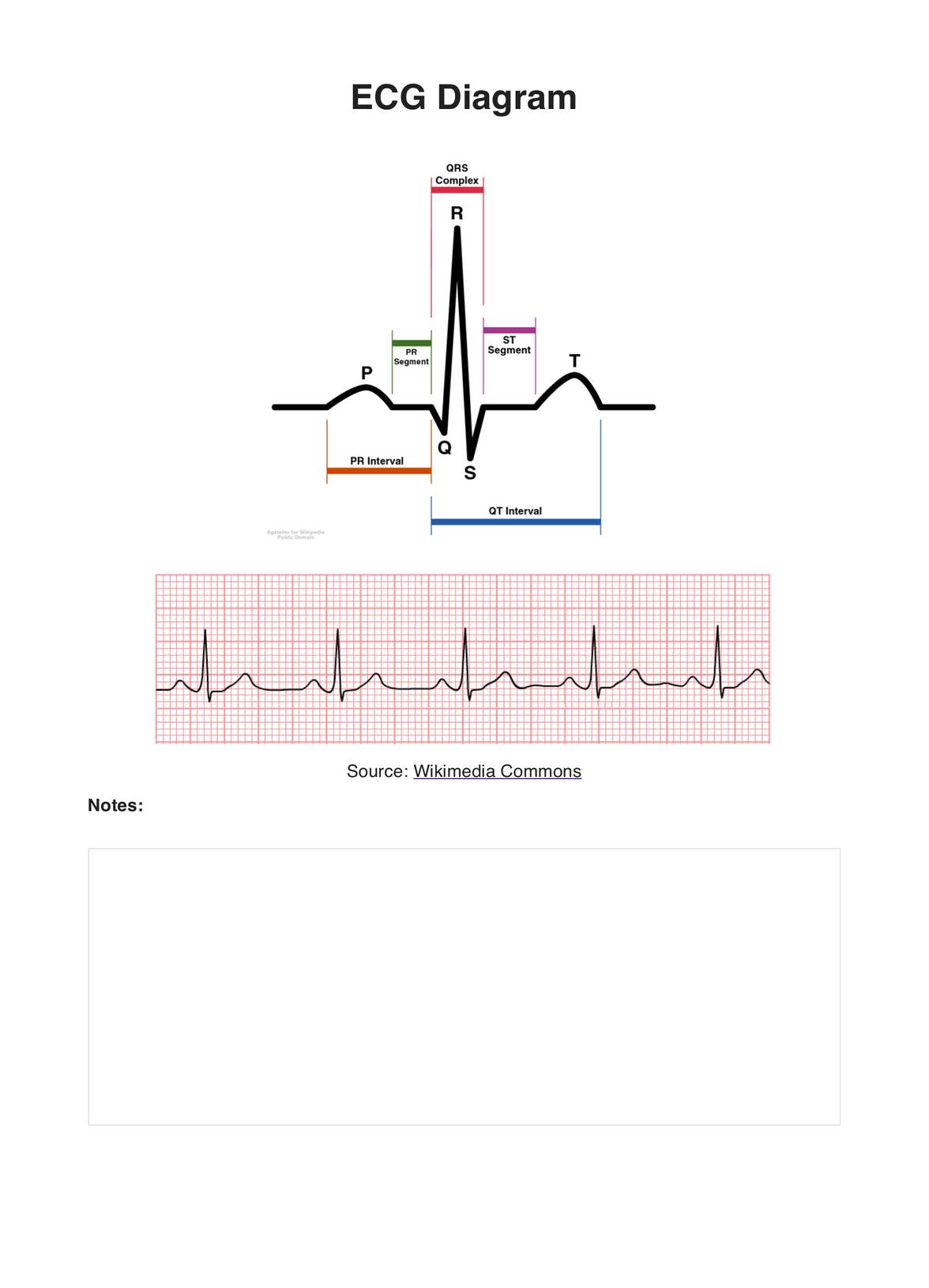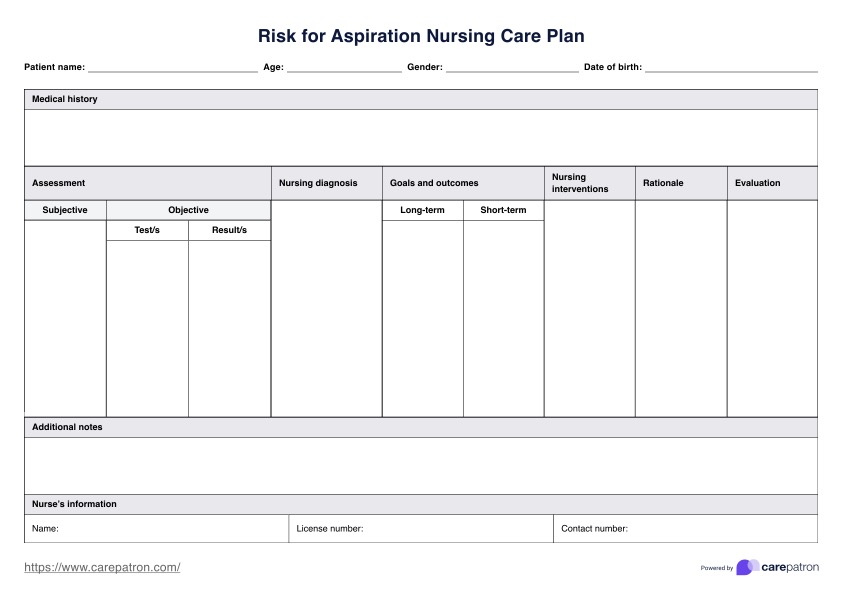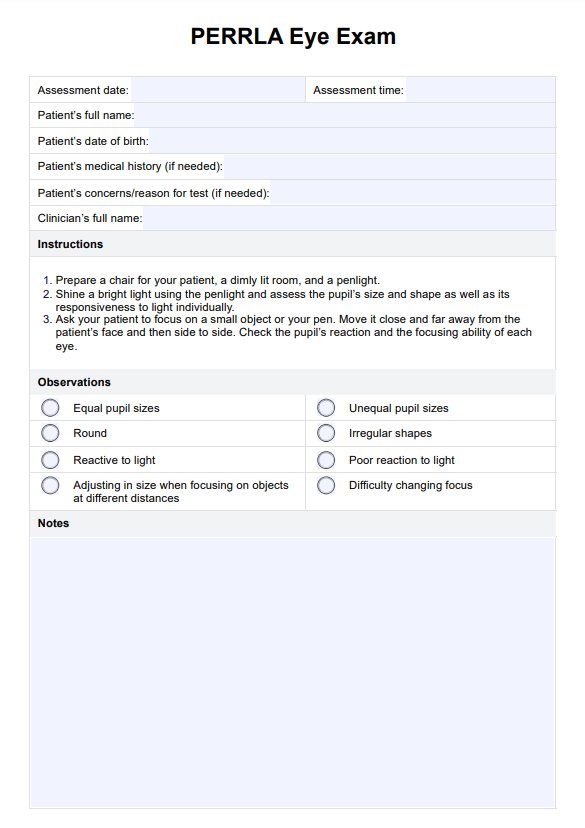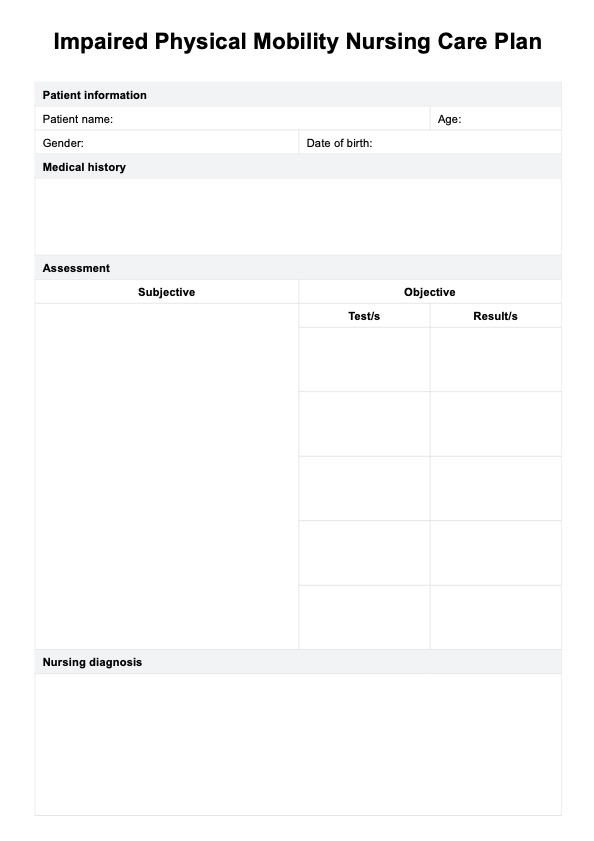Allergy Skin Test Results Chart
Discover the ultimate solution for managing allergy skin tests with our Allergy Skin Test Results Chart template.


Understanding allergies
Allergies are conditions in which the immune system exhibits an abnormal reaction to a foreign, typically harmless substance that is called an allergen upon entering the body. Upon exposure, allergic individuals' immune systems mistakenly identify these allergens as harmful. As a result, their immune systems react by causing inflammation in the skin, sinuses, airways, or digestive system.
Given that people's immune systems differ, the number of allergies one may have can vary. Take note that even the level of severe allergic reaction differs. Here's an overview of the common types of allergies:
Food allergies
Food allergies are immune system reactions to specific foods. Common food allergens include peanuts, tree nuts, milk, eggs, fish, shellfish, soy, and wheat. Symptoms can range from mild (hives, itching) to severe (anaphylaxis).
Drug allergies
Allergic reactions to medications can occur with any drug, but some are more common triggers, like penicillin and sulfa drugs. Reactions can vary from skin rashes to more severe systemic responses.
Environmental allergies
These allergies are triggered by substances in the environment, such as pollen, dust mites, mold spores, and animal dander. Symptoms often include sneezing, runny nose, itchy eyes, and congestion.
Insect sting allergies
Allergies to insect venom, particularly from bees, wasps, hornets, and fire ants, can cause localized swelling or, in severe cases, anaphylaxis.
Contact allergies
These occur when the skin comes into direct contact with an allergen, leading to a condition called contact dermatitis. Common triggers include nickel, latex, and certain plants like poison ivy.
Allergy Skin Test Results Chart Template
Allergy Skin Test Results Chart Example
What is an Allergy Skin Test Results Chart template?
A skin allergy test is a fundamental procedure in diagnosing allergic conditions. It involves exposing the skin to various allergens and observing the reactions. The results of these allergy tests are crucial in determining the next steps in patient care. However, interpreting these results can be complex. This is where our Allergy Skin Test Results Chart template comes into play. It simplifies the process of recording and understanding the outcomes of an allergy skin test.
This allergy skin testing template is meticulously crafted to cater to the needs of healthcare professionals. It provides a clear and organized framework for recording the allergens tested, the reactions observed, and any additional notes relevant to patient care.
Moreover, the template is designed to integrate seamlessly with it, enhancing its utility in a clinical setting. This integration allows for efficient data management and sharing among healthcare teams, ensuring that patient care is coordinated and comprehensive.
How does the Allergy Skin Test Results Chart work?
The Allergy Skin Test Results Chart template is an essential tool for healthcare professionals to diagnose and manage patient allergies. It provides a structured approach to recording and interpreting skin test reactions.
Step 1: Prepare the patient
Explain the procedure to the patient, ensuring they understand the purpose and process of the allergy skin test. Obtain informed consent before proceeding. You can also customize the tool to indicate the specific allergens to be tested.
Step 2: Administer the test
Perform the skin prick test, in which small amounts of potential allergens are applied to the patient's skin, typically on the forearm or back. To avoid cross-contamination, a separate lancet will be used for each allergen.
Step 3: Monitor reaction
Observe the test sites for reactions, typically for 15-30 minutes. Note any allergic reaction at each skin prick testing site, such as redness, swelling, or other changes.
Step 4: Record results
Use the Allergy Skin Test Results Chart to record the size and description of reactions for each specific allergen from the skin prick tests you did. Include any relevant clinical notes.
Step 5: Interpret and plan
Analyze the results to identify specific allergies. Generally, a positive reaction will be the presence of a wheal or itchy, raised red spot. Discuss the skin testing findings with the patient and develop a management plan, including avoidance strategies and potential treatments.
This template is a valuable resource for accurately documenting and interpreting allergy skin tests, aiding in effective patient care and allergy management.
Interpreting the allergy skin test results
Allergy skin test results provide valuable insights into a patient's specific sensitivities. Proper scoring and interpretation of these tests are crucial for accurate diagnosis and effective treatment planning.
The key indicator of a positive reaction is the formation of a wheal (a raised, itchy bump) and flare (surrounding redness). The size of the wheal is the primary measure used in scoring. Generally, a wheal diameter of 3 mm or greater than the negative control is considered positive. However, it's important to note that the exact cut-off can vary between clinics and specific allergens.
When would you use this form?
The Allergy Skin Test Results Chart template is a specialized tool for healthcare professionals. Its usage is pivotal in specific clinical scenarios to ensure accurate allergy diagnosis and management.
- Initial allergy testing: Utilize this form when a patient presents symptoms suggestive of allergic reactions, such as hives, itching, or respiratory issues.
- Confirming suspected allergens: When a patient has a known or suspected allergy, this chart helps ensure the specific allergen responsible.
- Pre-treatment evaluation: Before starting any allergy-specific treatment like immunotherapy, use this form to identify the relevant allergens.
- Periodic re-evaluation: Employ this template for routine follow-ups to monitor patient allergic response changes over time.
- Pediatric assessments: Instrumental in pediatric settings where allergies are often first identified.
- Occupational health checks: In cases where exposure to potential allergens is a concern, this form is essential for evaluation.
The Allergy Skin Test Results Chart template is an indispensable resource in various clinical settings. Its application spans from initial screenings to ongoing management, which is crucial in enhancing patient care in allergy treatment.
Commonly asked questions
Interpreting allergy skin test results involves observing the skin's reaction to various allergens applied during the test. A positive result is indicated by the presence of a wheal, which is a raised, red area at the test site. The size of the wheal and the degree of redness are assessed to determine sensitivity levels, typically graded on a scale from mild to strong.
The numbers on allergy skin test results refer to the size of the wheal (raised, red area) that develops at each test site. A larger wheal generally indicates a higher level of sensitivity to that particular allergen. Skin test results are typically graded on a scale from 0 to 4+, with 0 meaning no reaction and 4+ indicating a very large wheal (15 mm or greater in diameter).
Skin allergy testing is generally considered accurate, but it is not infallible. While it can effectively identify many allergies, false positives and false negatives can occur. Overall, when performed by a qualified allergist, skin tests provide valuable information for diagnosing allergies, but results should be interpreted alongside clinical history and other diagnostic methods for the best accuracy.


